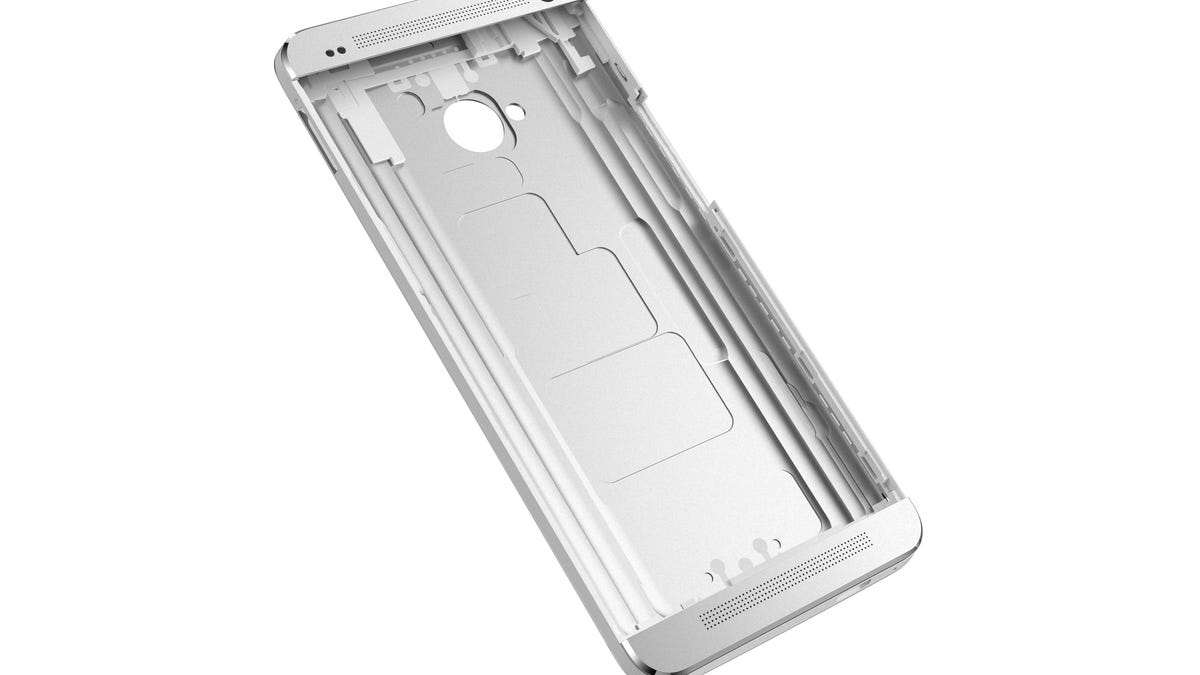HTC One aims to make good first impression with all-metal body
HTC's design chief tells CNET why his latest flagship phone is superior to Apple's iPhone 5.

Take that, Apple.
HTC believes it has one-upped its competition -- including the marquee
"This takes premium to the next level," Scott Croyle, HTC's design guru, said in an interview with CNET. "It feels more premium than anything I've felt out in the market."
Croyle talked about the importance of making a good first impression with consumers, something that has become critical with HTC's competitors all stepping up their game in regards to the quality of their phones. While HTC can't outspend Apple and Samsung Electronics on the marketing front, the company can at least try to compete on the store shelves.
Croyle wasn't shy about comparing the One's "solid" feel to the competition, although he didn't mention names.
His focus on the all-metal attributes is a direct shot at the
Technology companies love their buzzwords, and HTC has one for that process: zero-gap construction.
"You take the parts and join them together so you get that perfect fit and finish we've always promised," Croyle said.
He also referenced the cheaper plastic feel of other smartphones, likely a reference to Samsung Electronics'
HTC has long used metal in its phones, dating back to the Legend, which made its first appearance almost exactly three years ago. While the Legend was constructed out of a unibody aluminum case, the back of the bottom "chin" was plastic to enable the antennas to work.
The HTC One takes the love of aluminum even further. Croyle said it takes roughly 200 minutes to cut and process the front and rear parts of each phone.
"There are multiple panels, but they feel like one part," he said.
While the back of the phone is part of the antenna, Croyle doesn't foresee any reception issues like the iPhone 4, which used the metal frame around the phone as its antenna, causing some signal issues when held the wrong way. Croyle promised there wouldn't be an "antennagate" with the One.
The design team sat down a year ago and talked extensively with the engineering team to figure out a concept that would work. After the engineering team brought up the idea of using the back itself as part of the antenna, the teams got to work on several concept models of what would eventually become the One. Croyle touted the One as a big engineering breakthrough.
Croyle hopes the higher quality parts will get people to take another look at HTC, something consumers haven't done much of in 2012. Despite getting positive reviews for its own One X flagship phone last year, the company failed to sell enough to reverse the slowdown in revenue and profits. Still, Croyle believes people will welcome the unique design.
"The smartphone industry has kind of plateaued in regards to experience," he said. "Now was the time to look at people and how they use their phones, and focus on where we can provide innovation."

